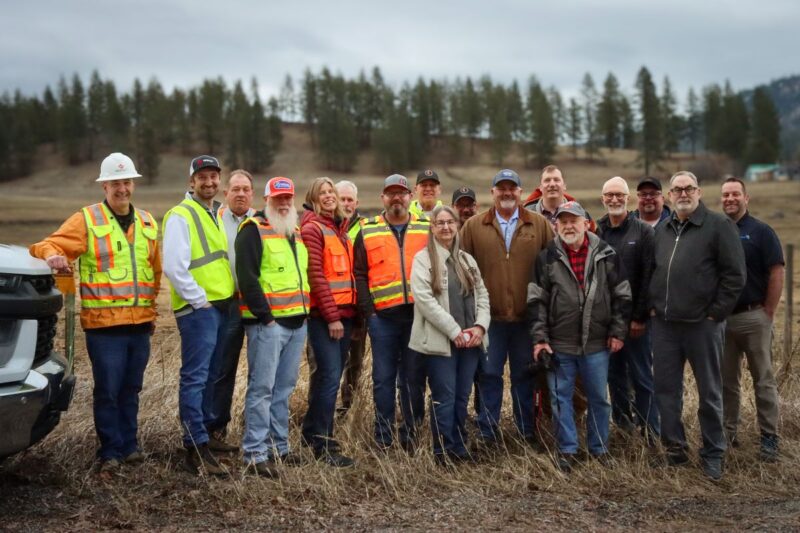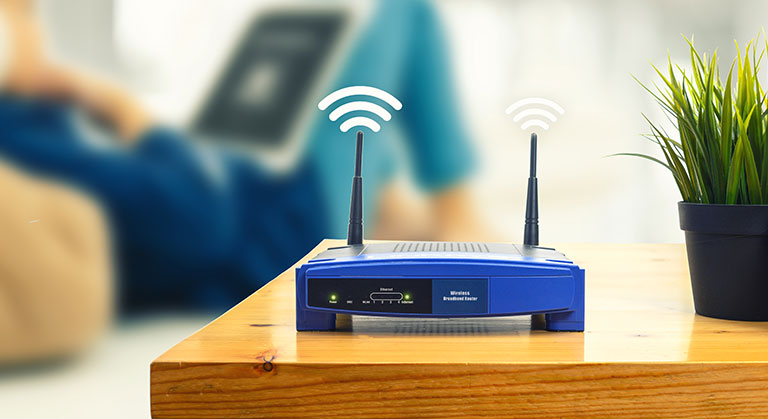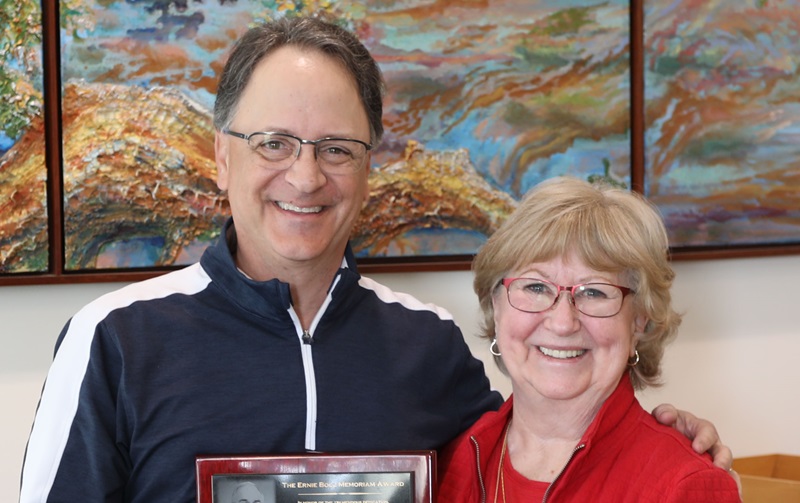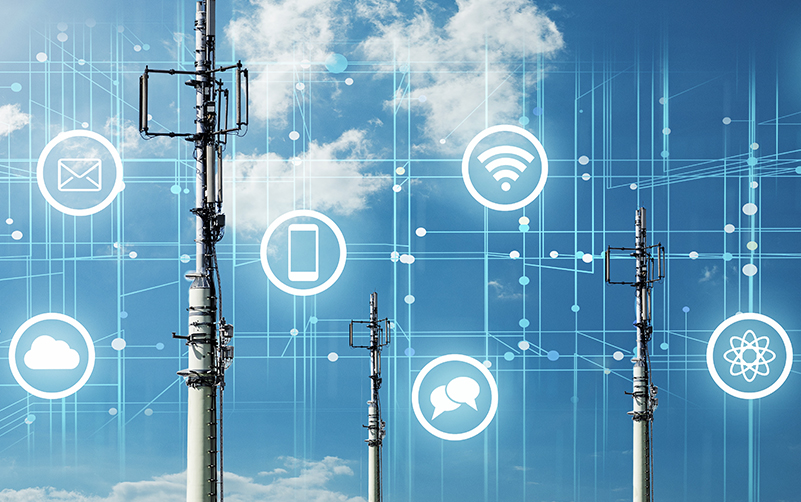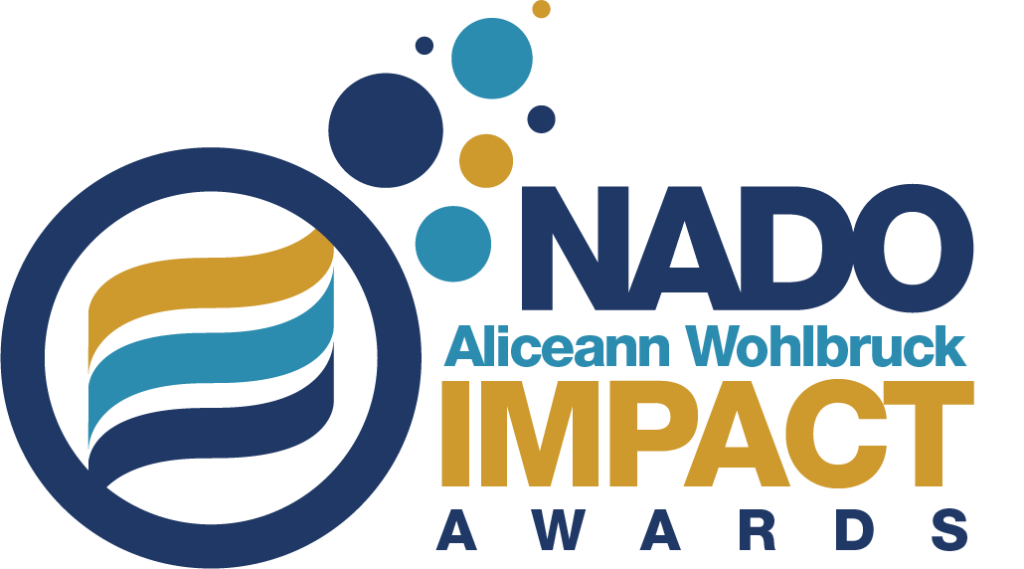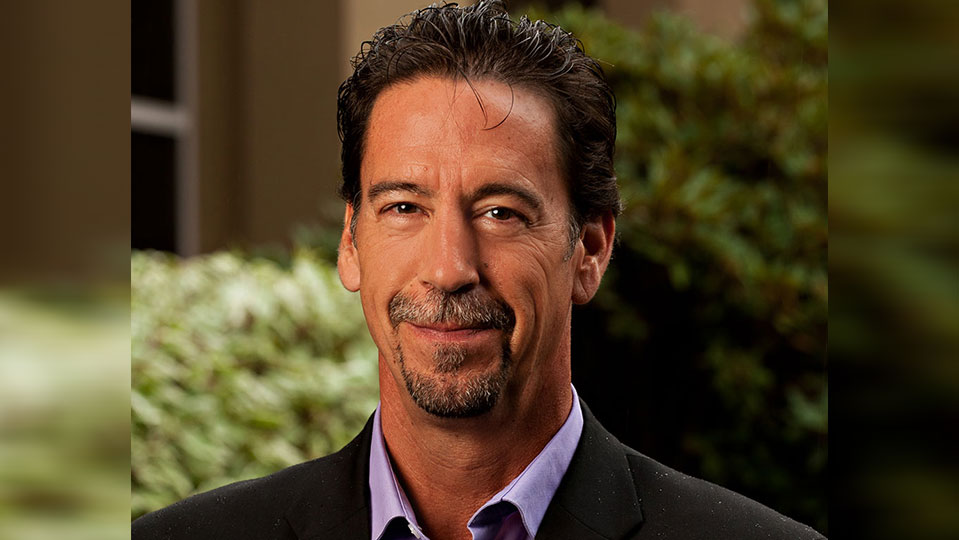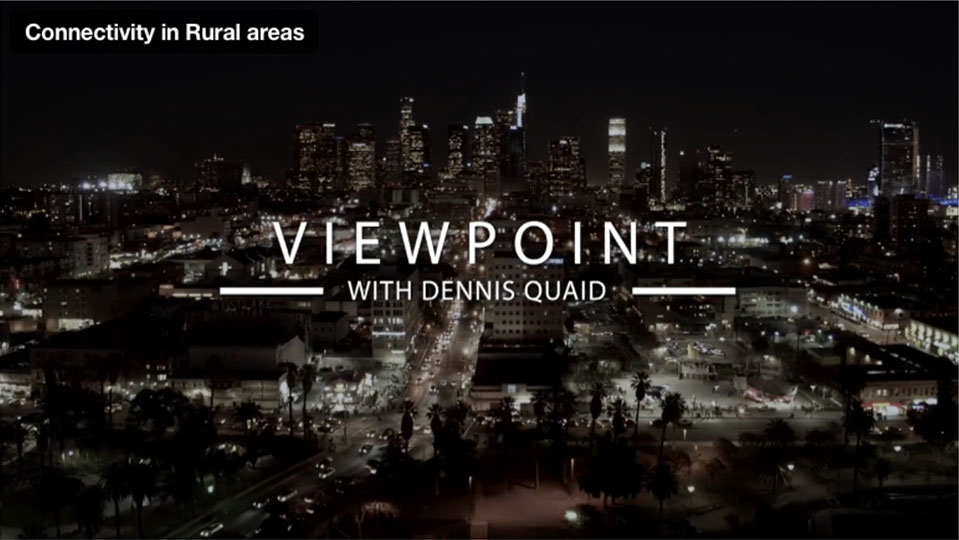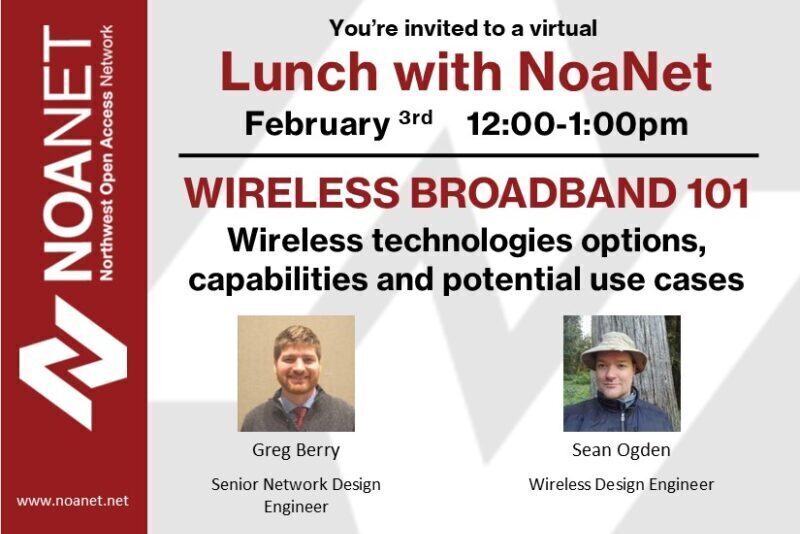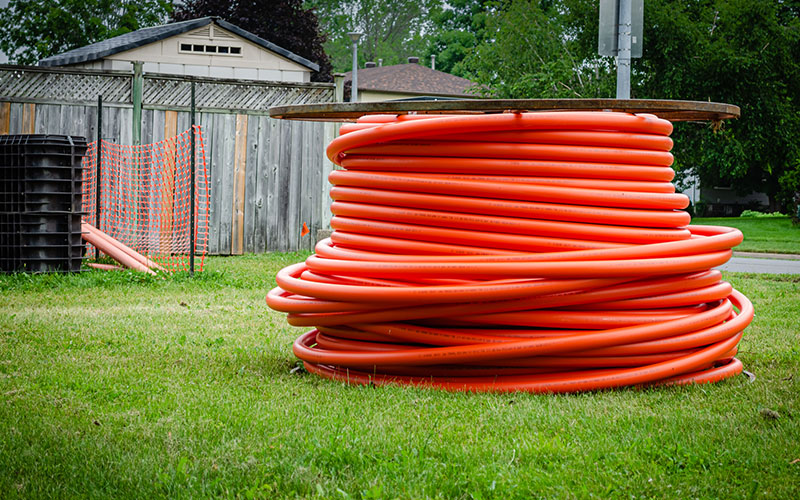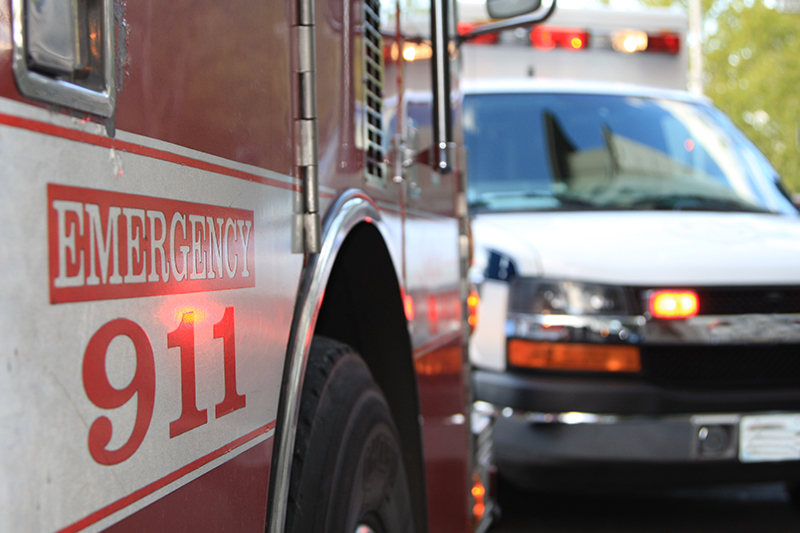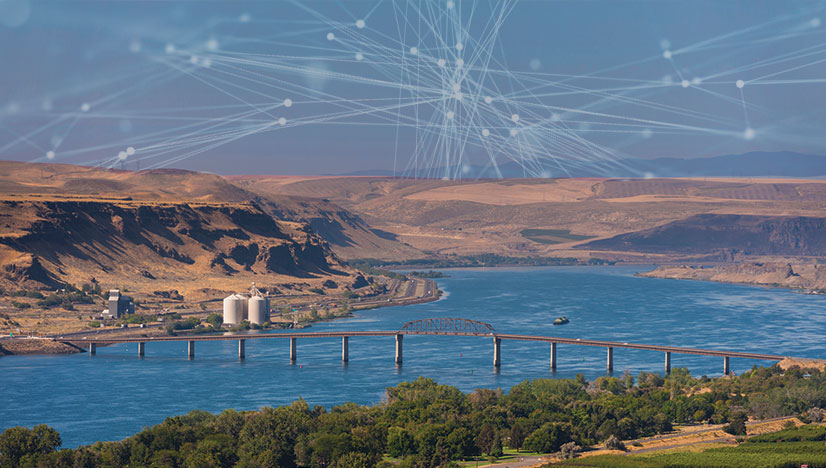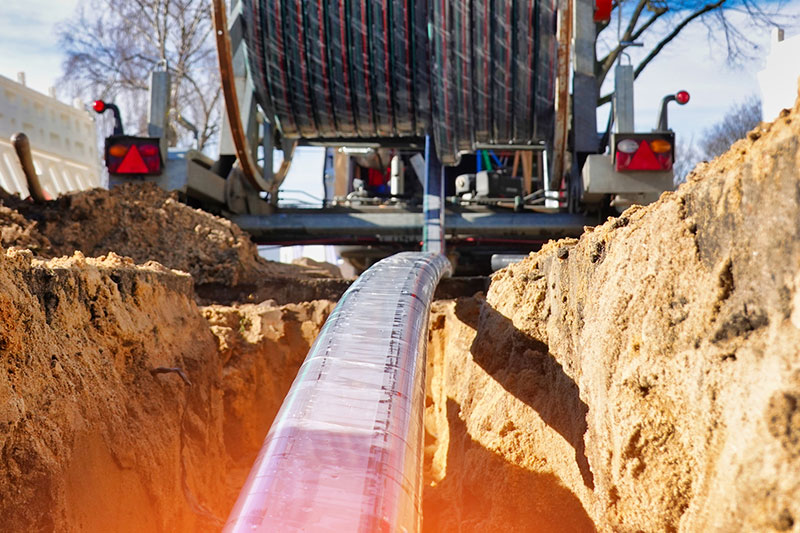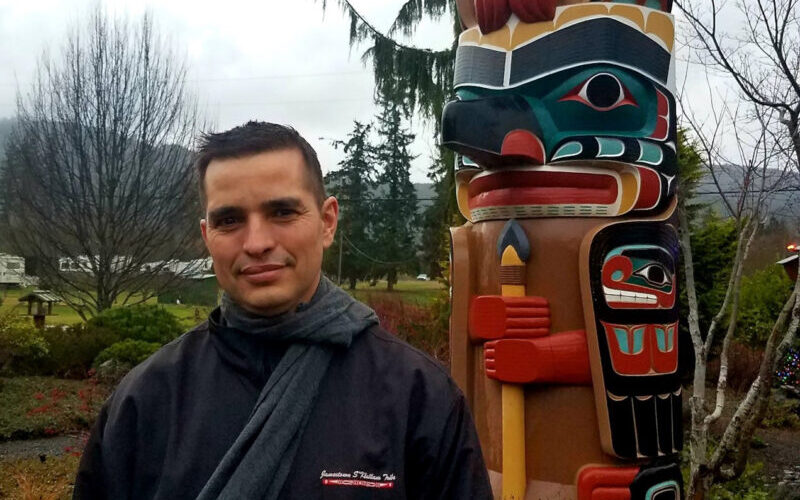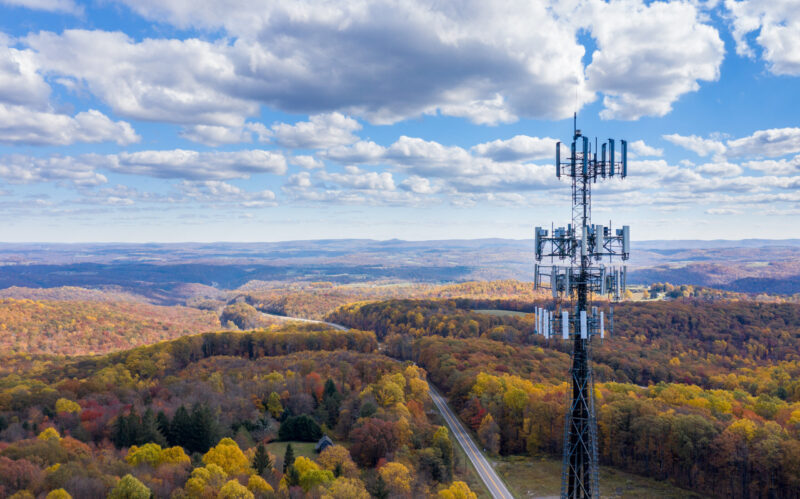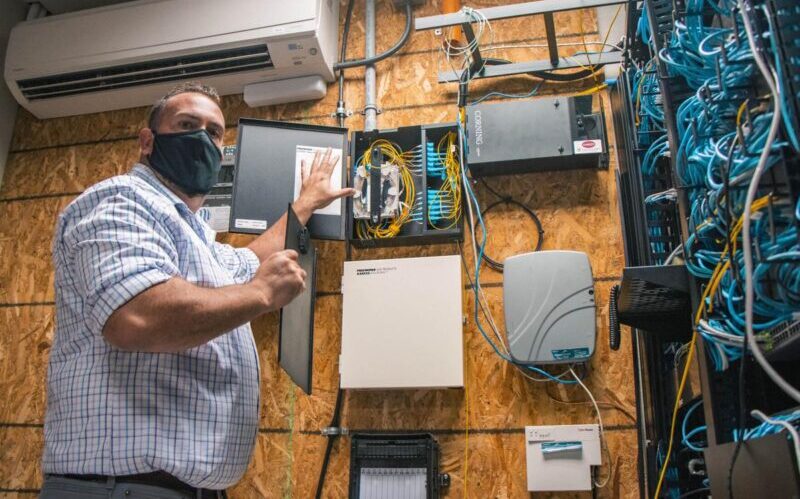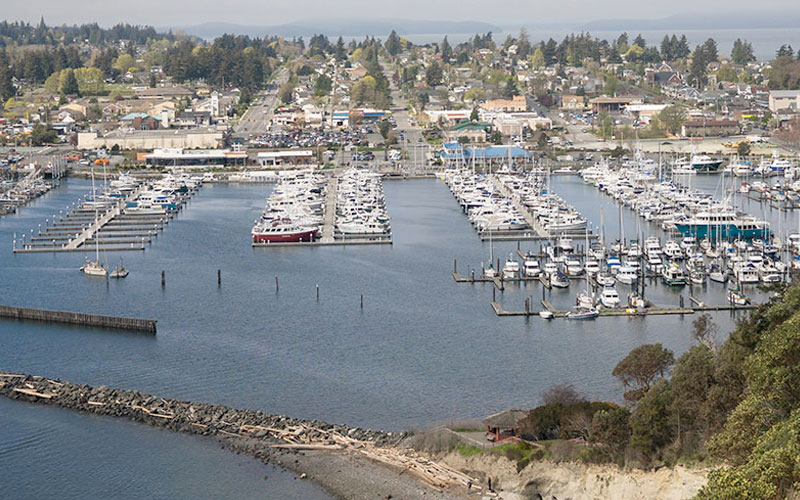Affordable connectivity stands out as a major goal in bridging the digital divide. As the state’s Broadband Equity, Access, and Deployment (BEAD) five-year action plan illustrates, Washington State is off to a good start with its affordable connectivity programs and digital equity-related task forces helping to close gaps on connectivity, access to technology, and skills education.
Many are still seeking to understand what opportunities exist to get involved and make an impact at the local or state level. We will explore a few change-makers and affordability programs here, and how you can ensure you community’s needs are incorporated at this pivotal moment in broadband and digital equity history.
Community Catalysts: Broadband Action Teams (BATs)
Understanding the digital equity needs (and demographics) of each community starts with a boots-on-the-ground assessment, such as those facilitated by Broadband Action Teams (BATs), as we’ve explored in NoaNet’s past Insights. A BAT unifies conversations around community broadband efforts that engage directly with larger agencies and alliances. It helps inform statewide digital equity and inclusion efforts and ensures a community’s unique technology and accessibility needs are represented, connects participants to collaborative project goals, and it bridges community projects to funding opportunities early in the application process through facilitating ongoing communication with stakeholders. BATs can high-spot program needs and suggest tangible, affordable, and sustainable, community-informed solutions. Joining your local or regional Broadband Acton Team is one of the best ways to participate in this conversation and planning process at the local level.
Digital Equity Task Forces – Unlike planning-centric, community-specific BATs, these task forces are groups that often work broadly in partnership with other agencies to advance digital access. Examples by category from the Washington State BEAD 5 year action plan (available here) include:
Community Task Force
- The Connect Washington Coalition – A collaborative of digital access stakeholders across the state working to increase develop statewide strategies to improve digital access for Black, Indigenous, Communities of Color, low-income communities, students, and elders.
State Task Force
- The Digital Equity Forum – established in 2021 through state legislation whose stated purpose is to develop recommendations to advance digital connectivity in Washington by engaging and collaborating with private, governmental, and community organizations.
Coalitions
- The Digital Equity Learning Network of Seattle & King County – A coalition for organizations to learn and exchange information about helping the community with digital equity.
- The Equity in Education Coalition – This statewide coalition works towards a more targeted and comprehensive approach to improve educational achievement and growth, as well as closing the opportunity gap in Washington, regarding digital equity.
Place-Based Coalitions
- North Central Washington Digital Access and Equity Coalition (In partnership with: Community Health Network of Washington, Thriving Together NCW, and Bigfoot Telecommunications of the Colville Reservation) The initiative serves Chelan, Douglas, Grant, and Okanogan Counties and is funded by the WSBO.
Asset Mapping
- King County Digital Equity Asset Map – An online map tracking digital literacy and inclusion resources in King County so that community members can locate programs related to digital skills training, access to affordable devices, and technical support.
- Many communities also participated in the Washington State University Extension Digital Equity effort in 2023, during which local digital equity maps were developed across the state.
Affordability
Having BATs and task forces represent Washingtonians’ connectivity needs also gives voice to their needs for affordable connectivity. There are federally subsidized programs, discounts from Internet Service Providers, and other innovative solutions to help ease the cost for families with financial need. Many programs are outlined in the BEAD action plan. This is another place where Washington residents and communities can make a huge impact. Speak to your local, regional and state representatives about the importance of broadband affordability programs, and the positive impact they make toward digital equity goals.
The Affordable Connectivity Program (ACP) was an FCC program that helped income-qualified families and households afford Internet service. The program benefits included up to $30 per month discount on Internet service; up to $75 per month discount for households on qualifying tribal lands; and a onetime discount of up to $100 for a laptop, desktop computer, or tablet through a participating provider. This was an incredibly popular and vital program that allowed nearly 23 million households to gain internet access, including 358,024, or 1 in 8 households in Washington state. Even though the program was a success in connecting vulnerable consumers with internet access, a lack of additional funding has resulted in the Federal Communications Commission taking steps to wind down the ACP. This has led to groups encouraging lawmakers to establish independent state programs to fund services, creating a more sustainable solution for those residents in need of affordable internet connectivity.
Affordability and Innovation: Mason PUD’s low-income model example
Some areas don’t fit the mold of programs and services readily available to higher-density communities. Mason County’s prior “digital desert” landscape is improving, and access to high quality internet is becoming more affordable thanks to its own public utility district (PUD). Mason PUD 3 offers a “Fiberhood” demand-based program to extend middle-mile fiber to qualifying areas, where at least 75% of its ratepayers request ultra-high-speed Internet service and are willing to share construction costs. It also extends discounts to lower-income fiber customers using the same income threshold criteria as applied to its electric customers. These low-income fiber customers see a $20/month overall reduction in service costs, bringing their monthly fee for 1000/1000 Mbps ultra-high-speed Internet service to $40 per month, excluding Fiberhood construction costs.
Be the Change
Inspired to advance connectivity and affordable high-speed Internet for your own community? Start by finding your local Broadband Action Team (BAT) on the Washington State’s Broadband Office’s growing list of known BATs and then reach out to NoaNet at communities@noanet.net and we’ll be happy to answer any questions you might have.
NoaNet is a non-profit public broadband organization owned by public utilities that has been serving our region since 2000. NoaNet operates with a mission to enhance broadband access and services in Washington State and the Pacific Northwest. Our primary focus is on supporting the development of broadband infrastructure and programs to bridge the digital divide and bring the advantages of advanced connectivity to rural communities throughout the region.


